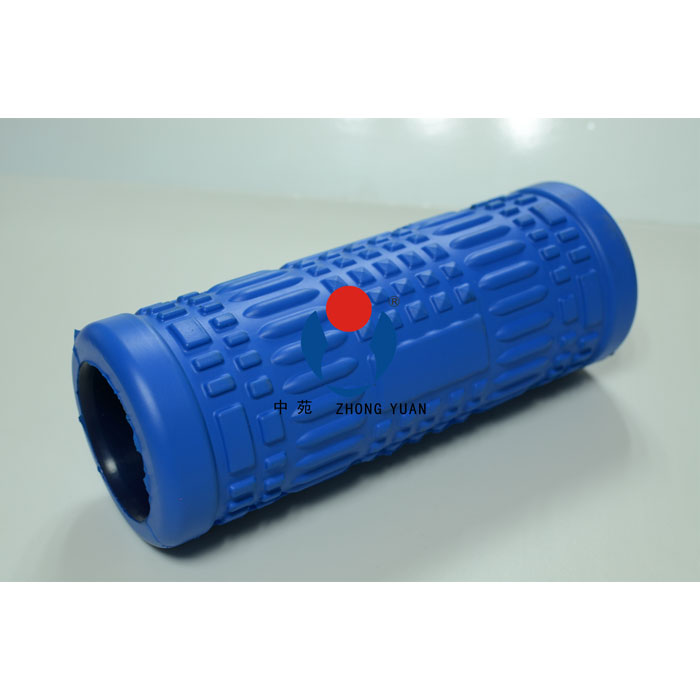- English
- Español
- Português
- русский
- Français
- 日本語
- Deutsch
- tiếng Việt
- Italiano
- Nederlands
- ภาษาไทย
- Polski
- 한국어
- Svenska
- magyar
- Malay
- বাংলা ভাষার
- Dansk
- Suomi
- हिन्दी
- Pilipino
- Türkçe
- Gaeilge
- العربية
- Indonesia
- Norsk
- تمل
- český
- ελληνικά
- український
- Javanese
- فارسی
- தமிழ்
- తెలుగు
- नेपाली
- Burmese
- български
- ລາວ
- Latine
- Қазақша
- Euskal
- Azərbaycan
- Slovenský jazyk
- Македонски
- Lietuvos
- Eesti Keel
- Română
- Slovenski
- मराठी
- Srpski језик
Mechanical Properties and Structure of Polyurethane Elastomer
2021-08-17
Mechanical properties and structure of polyurethane elastomer
Mechanical properties
The structure and length of the soft and hard segments in the polyurethane elastomer, and the force between the soft and hard segments, all directly affect the mechanical properties of the elastomer. In addition, whether microphase separation can occur, the degree of microphase separation, and the uniformity of the distribution of hard segments in soft segments are also important factors that affect the mechanical properties of polyurethane elastomers.The effect of soft segment on the mechanical properties of polyurethane elastomer
Influence of polyol type
The flexible segments of polyurethane elastomers are mainly composed of oligomer polyols, which can be divided into polyester polyols, polyether polyols and polyolefin polyols. Their main chain structure affects the tensile strength of the elastomer. , Tear strength and other properties have a greater impact. Frequently used polyols mainly include polyester type and polyether type. Polyester polyol molecule contains more polar ester groups, which has larger cohesive energy and can form stronger intramolecular hydrogen bonds. Therefore, the elastomer polymerized by polyester polyol has higher stretch Strength, tear strength and good abrasion resistance and oil resistance; in polyurethane elastomers made from polyether polyols, the cohesive energy of ether bonds is low, and the adjacent methylene groups are ether-bonded. The oxygen atoms are separated, and the hydrogen atoms on the separated methylene groups are also separated farther, which weakens the mutual repulsive force between the hydrogen atoms of the methylene groups. Therefore, the polyurethane elastomer polymerized by polyether polyol has lower glass transition temperature, higher weather resistance, hydrolytic stability and mold resistance, but has poor mechanical properties.
The influence of polyol molecular weight Generally speaking, the mechanical properties of polyether polyurethane elastomers decrease with the increase of polyol molecular weight. This is because as the molecular weight of the polyether polyol increases, the number of ether bonds increases, which improves the flexibility of the polyurethane elastomer segment. Therefore, the mechanical properties such as the tensile strength of the elastomer decrease. The opposite is true for polyester polyurethane elastomers. This is because as the molecular weight of the polyester polyol increases, the number of methylene groups and the number of ester groups increase, the force between the molecules and the cross-linking of hydrogen bonds increase, and the crystallinity of the segment Reinforce, the hardness, tensile strength, tear strength, and tensile stress of the product have been improved.Influence of Hard Segment on Mechanical Properties of Polyurethane Elastomer
In polyurethane elastomers, only when the cohesive energy of the rigid segments is large enough, can they associate with each other to form a hard segment phase. The factors that affect the cohesive energy of rigid segments are the type and amount of diisocyanate and the type of chain extender.
Effect of isocyanate
The type of isocyanate has a greater impact on the mechanical properties of polyurethane elastomers. When using isocyanates with symmetrical structure to prepare elastomers, the elastomer segments contain symmetrical structures, the attraction between molecular segments increases, and the crystallinity is enhanced. Various mechanical properties have been improved. Polyurethane elastomers prepared from aromatic isocyanates have a rigid benzene ring structure, which increases the cohesive energy of the hard segments, and it is easy to form hard phase micro-domains between the soft segments, causing the elastomer to undergo microphase separation and improving the mechanical properties. Therefore, its tensile strength, tensile stress and tear strength are all higher than aliphatic isocyanate elastomers. When the amount of isocyanate increases, the hard segment content of polyurethane increases, the cohesive energy increases, the crystallinity increases, the flexibility decreases, the elongation decreases, and the tensile strength, tear strength and tensile stress increase.
The influence of chain extendersFor the same prepolymer made from the same polyol and the same diisocyanate, the mechanical properties of the obtained elastomers are different when different chain extenders are used to extend the chain. Because the polarity of the urea group formed by the reaction of the diamine chain extender and the diisocyanate is stronger than that of the urethane bond obtained by the diol chain extension, the corresponding rigid segments are also easy to gather together to form hard segments, thus hydrogen There are more bonds, so the strength of the polyurethane elastomer obtained by the diamine chain extension is greater than the strength of the elastomer obtained by the glycol chain extension.




